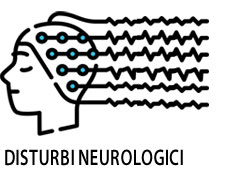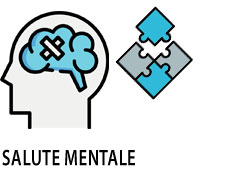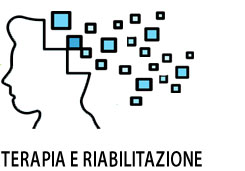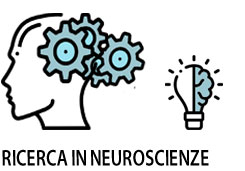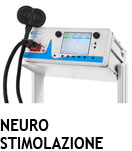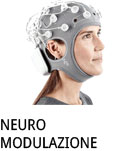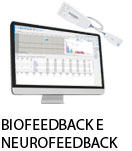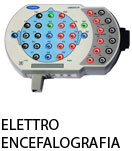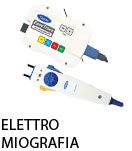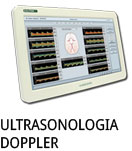- +39 011 5821948
- info@geasoluzioni.it
- Lun - Ven 8:00 - 17:30
Pubblicazioni
Effectiveness of repetitive transcranial magnetic stimulation (rTMS) after acute stroke: A one-year longitudinal randomized trial.
- Abstract:
- AIMS: To evaluate the effectiveness of repetitive transcranial magnetic stimulation (rTMS) on motor recovery after stroke using a prospective, double-blind, randomized, sham-controlled study. METHODS: Patients with unilateral subcortical infarction in the middle cerebral artery territory within 1 week after onset were enrolled. The patients were randomly divided into an rTMS treatment group and a sham group. We performed high-frequency rTMS or sham rTMS on the two groups. Motor functional scores were assessed pre- and post-rTMS/sham rTMS and at 1 month, 3 months, 6 months, and 1 year after stroke onset. The scores included the National Institutes of Health Stroke Scale (NIHSS), Barthel Index (BI), Fugl-Meyer Assessment Upper Limb/Lower Limb (FMA-UL/LL), modified Rank Score (mRS), and the resting motor threshold (RMT) of the hemiplegic limb. RESULTS: At baseline, no significant differences were found between the two groups for motor functional scores. On the second day after rTMS treatment, score improvements of the NIHSS, BI, FMA-UL in the real treatment group were more significant than those in the sham group. In addition, similar results were obtained at 1 month. However, at 3 months, 6 months, and 1 year after onset, no significant differences in improvement were observed between the two groups, except for the FMA-UL score improvement. CONCLUSION: rTMS facilitates motor recovery of acute stroke patients, and the effect can last to 1 month, except the function improvement on upper extremities could last for 1 year. A single course of rTMS in the acute stage may induce the improvement of upper extremities function lasted for 1 year.
- Patologie/Applicazioni:
- Anno:
- 2017
- Tipo di pubblicazione:
- Articolo
- Parola chiave:
- double blind; Stroke; stimolazione magnetica transcranica
- Testata scientifica:
- CNS Neuroscience and Therapeutics
- Nota:
- I pazienti sono stati divisi casualmente in un gruppo di trattamento rTMS e un gruppo sham. Al basale, non sono state trovate differenze significative nelle funzioni motorie tra i due gruppi.
- DOI:
- 10.1111/cns.12762
La nostra storia
GEA soluzioni si affaccia nel 2013 al mercato della strumentazione medicale di alto livello tecnologico ma la sua storia parte da più lontano, clicca qui per approfondire.
GEA SOLUZIONI SRL
via Issiglio 95/10, Torino
Tel.: 011 5821948 / 011 4463853
Fax: 011 0433281
Email: info @ geasoluzioni.it
P. IVA IT11696920013
REA TO1233648

